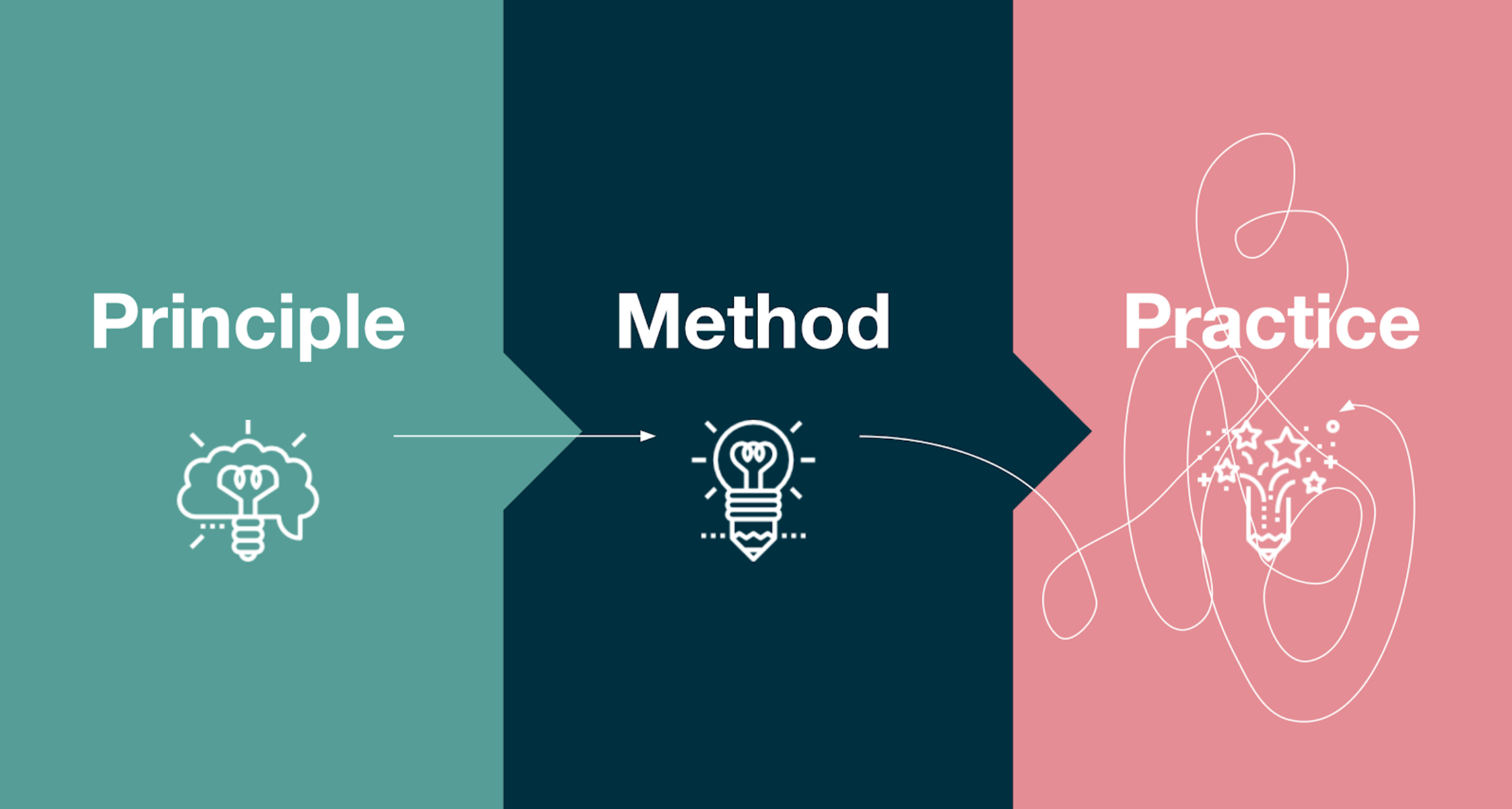
Building an HCD practice for Snapcomms
Building a fast growing company's first human centred design practice.

Achievments
Snapcomms is a New Zealand SAAS success story creating a popular inter-organisation communications tool used across the world. They had recently been acquired by US company Everbridge and were undergoing rapid growth to the point where their design team needed to quickly build their capabilities. My initial experience with Snapcoms was delivering a one day course introducing their User Experience (UX) team to HCD methods. The course took all their designers, tech leads, and team leads through a one day intensive course where they took a project from formative research, to design ideation and execution, through to usability testing, The course was very successful and I was then asked to work with them to build their own human centred UX product design practice.
Process
I initially ran interviews and reviews to establish the design maturity of both their UX team members, and of their organisation as a whole. Although they had a good product roadmap as a base and had a very talented and driven UX team they had an overall low level of design maturity. Working with their head of customer strategy and their chief product officer I designed an end to end HCD process establishing:
• protocols guiding them through how to plan projects for roadmap items
• Research, design, and testing protocols and methods
• Direct training and coaching of their design team on modern HCD UX methods
As we developed these protocols we backed them up with two levels of training:
• In person workshops with their current design team
• Recorded training to help onboard and upskill future team members into Snapcomms’ new customer centric process
Culture
Although I had the expertise and experience to design the protocols and training for Snapcomms, these structures cannot be created without a deep understanding of a company's culture. An essential part of this process was identifying where the company was strong, and where they had opportunities to grow. This understanding helped us to identify where we should push Snapcomms to change their operating procedures to reflect a more customer centric way of working and where we needed to adapt our way of working to fit into aspects of the organisation that we couldn’t or shouldn’t try and change.
Everytime a company changes its design process they are undergoing significant transformation and understanding and being open to that culture is essential if that change is going to stick and produce results. I was fortunate that I had collaborators inside Snapcomms that were open to sharing their culture and excited about change.
Outcome
This new practice, and in particular the introduction of a research led design practice, was so successful that the approach was adopted by their parent organisation Everbridge. Snapcomms created videos of all the training sessions which are now used as part of the standard onboarding for UX designers in the Everbridge organisation. I continued to support Snapcomms’ transformation after the project finished through coaching their team members through early experiences putting these protocols into practice as they built up their internal HCD capabilities.
“You knocked it out of the park yesterday. Verbal feedback was through the roof. I always appreciate that you are a practitioner, which means you bring not only the methodology but also the experience to adapt to the context, which makes the training relevant/ relatable for the participants. Thank you! Always impressive to see you in action.”
Audrey Cheng – Head of Product at Snapcomms
